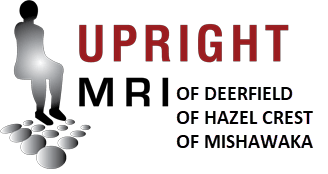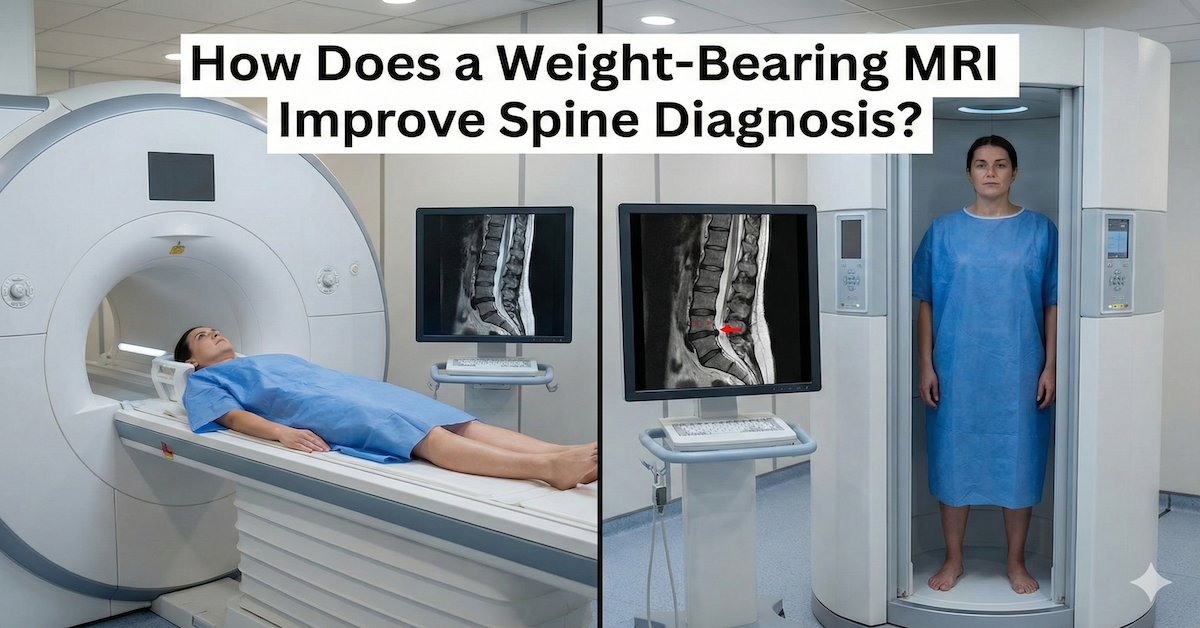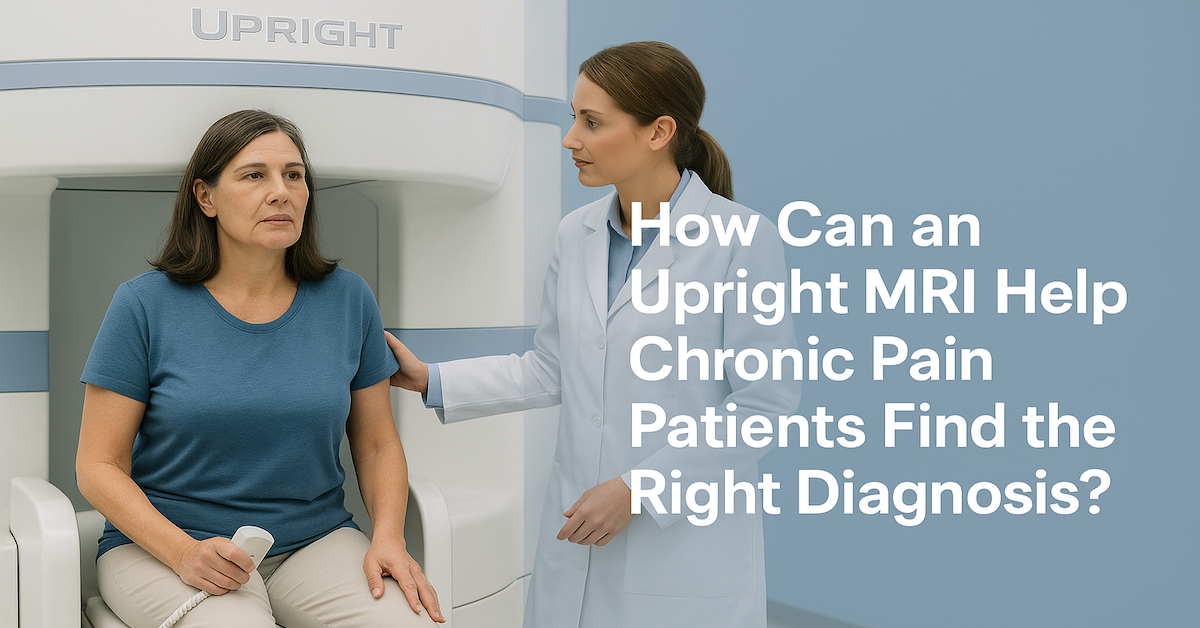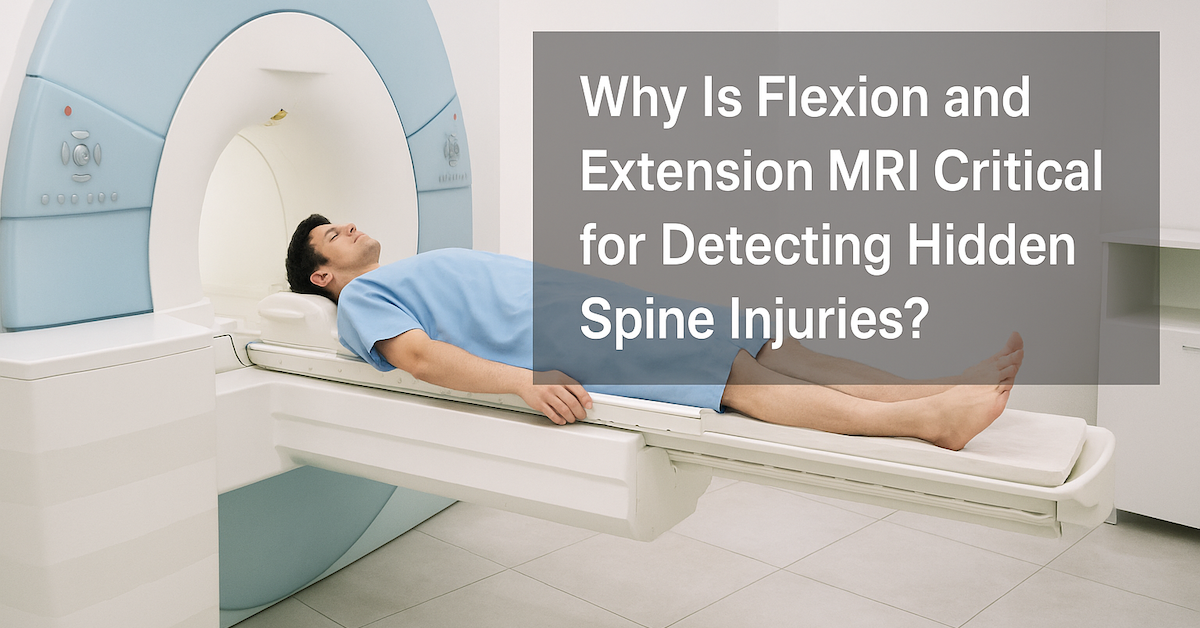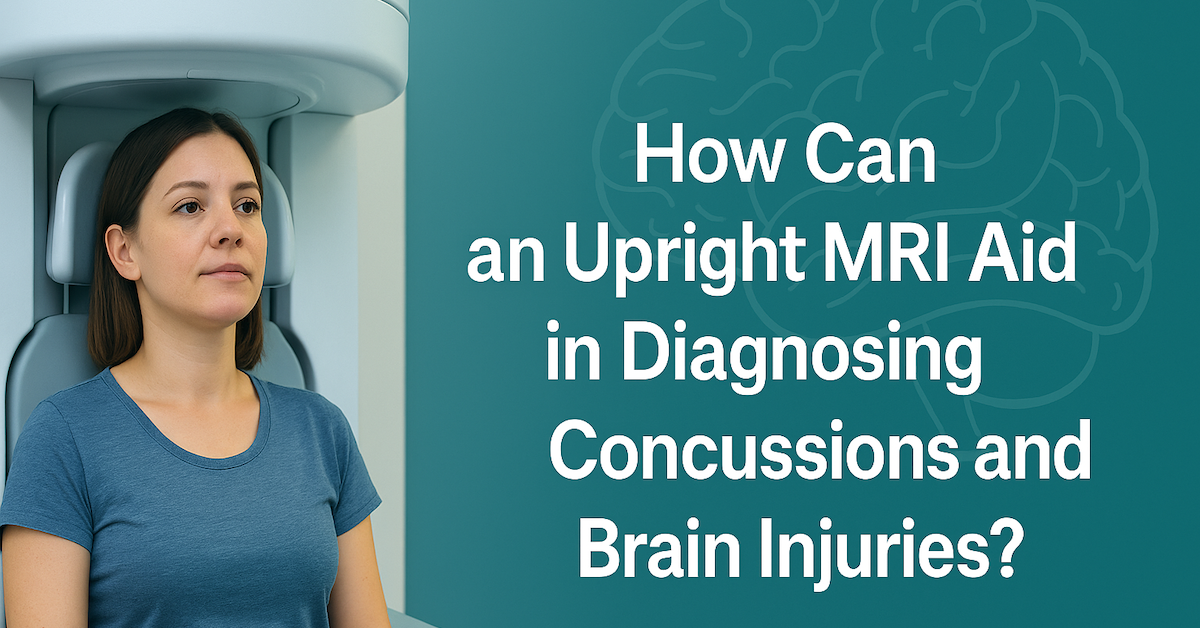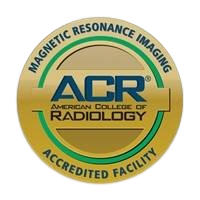What Are the Most Common Conditions That Require a Positional MRI?
A traditional MRI is a powerful diagnostic tool, but it has one key limitation, it only scans patients while they are lying flat. Many spinal and joint problems, however, occur or worsen when the body is upright or under pressure. That’s where a positional MRI, also known as an upright MRI or weight-bearing MRI, makes a real difference. This advanced technology allows scans to be taken while the patient is sitting, standing, or bending, capturing the body’s natural posture and movement. In this article, we’ll explore the most common conditions that require a positional MRI and why it often provides more accurate and useful diagnostic results than a standard MRI.
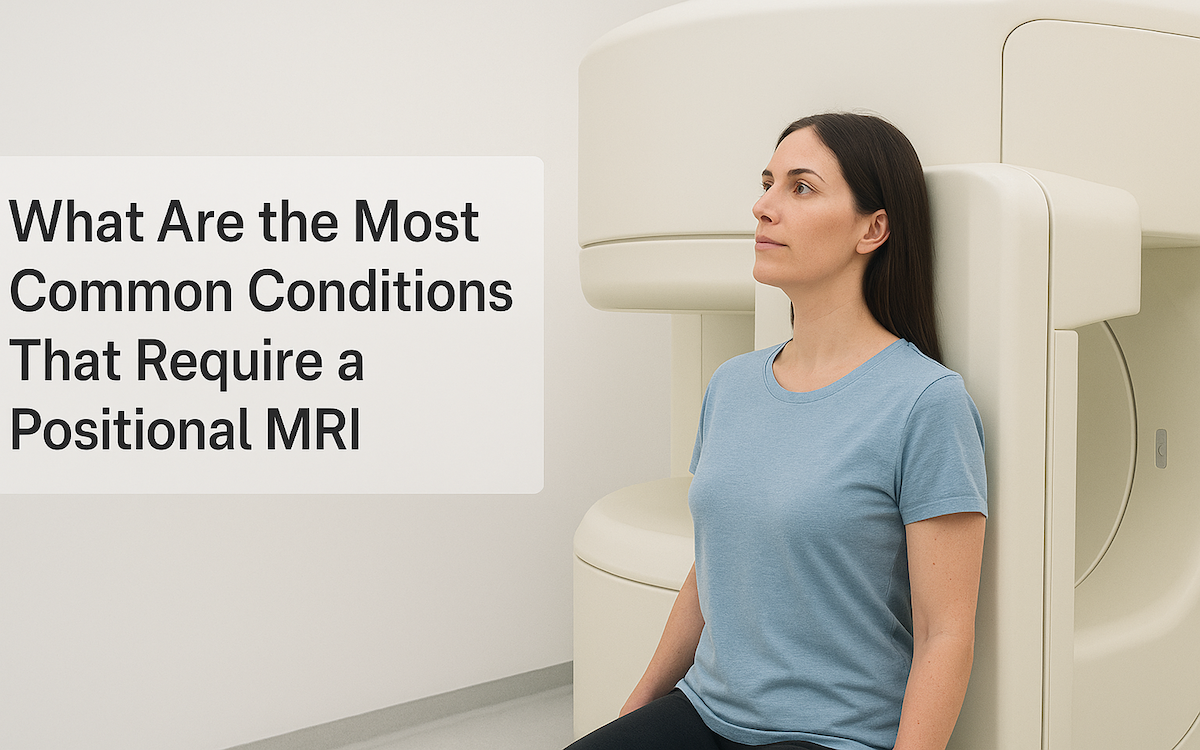
Understanding the Purpose of Positional MRI
A positional MRI is designed to evaluate the body in real-life positions, such as sitting or standing, where gravity affects joints, muscles, and nerves differently than when lying down. It provides detailed images of how weight and posture influence the body’s internal structures.
Traditional MRIs can sometimes miss conditions that only appear when pressure is applied to the spine or joints. Positional MRI eliminates this gap by allowing doctors to see how your body functions under natural load. This approach is especially helpful for patients who experience pain only when upright, as it can reveal subtle misalignments or compressions that wouldn’t appear on a standard scan.
Spinal Disc Herniation and Degenerative Disc Disease
One of the most common uses for a positional MRI is evaluating herniated discs and degenerative disc disease. The spine carries most of the body’s weight, and its structure can change depending on position. When you stand or sit, discs between vertebrae compress and shift slightly. This movement can press on nearby nerves, causing pain, numbness, or tingling in the back and limbs.
A traditional MRI performed while lying flat may not show this compression clearly because the pressure on the discs is reduced. In contrast, a positional MRI shows how the discs behave under normal weight-bearing conditions, giving doctors a more accurate picture of nerve impingement and disc health.
Spinal Stenosis
Spinal stenosis, or the narrowing of the spinal canal, is another condition that benefits from upright imaging. In many cases, symptoms like back pain, leg numbness, or weakness become worse when standing or walking and improve when sitting. This occurs because gravity causes the spinal canal to narrow slightly when the spine is upright.
A positional MRI can capture the spine in both standing and flexed positions, revealing how the space around the spinal cord changes under pressure. This information is crucial for identifying the severity of the condition and for planning the most effective treatment options.
Spondylolisthesis (Slipped Vertebra)
Spondylolisthesis occurs when one vertebra slips forward over another, often due to stress fractures or degenerative changes. This misalignment can lead to chronic pain and nerve compression. The degree of slippage may vary depending on body position, which means it might not be visible on a standard MRI.
A positional MRI can show the extent of vertebral movement when standing or bending, allowing physicians to assess spinal stability more accurately. This is particularly valuable for determining whether surgery or physical therapy would be most beneficial.
Chronic Back or Neck Pain
For patients with chronic back or neck pain that doesn’t respond to treatment, positional MRI can uncover hidden causes that traditional imaging might overlook. These may include ligament strain, small joint misalignments, or soft tissue tension that only appear under load.
By showing how the spine and supporting muscles behave in real-world positions, doctors can pinpoint the exact source of pain and tailor treatment plans more effectively.
Knee, Hip, and Shoulder Injuries
Positional MRI is also used to evaluate joint injuries in the lower and upper body. Joints like the knee, hip, and shoulder move differently under pressure, and certain injuries or cartilage tears only become visible when weight is applied.
For example, a knee MRI performed in a bent, weight-bearing position can reveal meniscus damage or alignment issues that wouldn’t appear while lying flat. Similarly, hip and shoulder MRIs can show how joint spaces and tendons respond during movement, helping doctors diagnose conditions like arthritis, labral tears, or impingements with greater accuracy.
Cerebrospinal Fluid (CSF) Flow Disorders and Chiari Malformations
Conditions involving the brain and spinal cord, such as Chiari malformations or cerebrospinal fluid (CSF) flow issues, also benefit from upright imaging. In Chiari malformation, part of the brain extends into the spinal canal, which can restrict fluid flow or compress the brainstem.
When the patient is upright, gravity can increase this compression, making symptoms worse. Positional MRI helps doctors evaluate how these changes occur and measure fluid flow dynamics in real time. This insight is essential for diagnosing the condition accurately and determining whether surgery is necessary.
Advantages Over Traditional MRI Scans
Positional MRI offers several key advantages:
- It allows scanning in natural, functional positions such as sitting or standing.
- It captures real spinal and joint compression caused by gravity.
- It provides a more complete view of dynamic conditions that change with posture.
- It offers greater comfort for patients who experience pain when lying flat.
For patients with posture-related or movement-dependent symptoms, these benefits can make a significant difference in diagnosis and treatment planning.
Who Can Benefit from a Positional MRI
This type of MRI is ideal for anyone with back, neck, or joint pain that worsens when upright or during specific movements. It’s also helpful for individuals who have had a standard MRI that failed to explain their symptoms. Athletes, seniors with degenerative conditions, and patients recovering from spine or joint surgery often find positional MRI especially valuable.
When Doctors Recommend a Positional MRI
Doctors typically recommend a positional MRI when:
- Symptoms appear while standing, sitting, or walking.
- Standard MRI results are inconclusive or don’t match physical symptoms.
- Detailed analysis is needed before or after spinal or orthopedic surgery.
The scan can reveal subtle changes in joint spacing, disc movement, or nerve pressure that can’t be detected while lying flat, leading to a more accurate diagnosis and better treatment outcomes.
Conclusion
A positional MRI offers a deeper look into how the body functions under natural conditions. It helps uncover spinal and joint issues that standard scans can miss, providing doctors with clearer insights into posture-related and movement-dependent problems. Whether you’re dealing with back pain, nerve compression, or joint discomfort, this advanced imaging method delivers valuable answers and guides more effective care.
For accurate, patient-centered imaging and a comfortable diagnostic experience, Upright MRI of Deerfield provides advanced positional MRI services tailored to your needs. With experienced professionals and state-of-the-art technology, Upright MRI of Deerfield helps patients get clear, reliable results that lead to better treatment and recovery outcomes.
SHARE THIS POST:
Leave a Comment:

The World's Most Patient-Friendly MRI. A comfortable, stress-free, and completely reliable MRI scan. We offer patients an open, upright, standup MRI experience that helps those who are claustrophobic and stress being in a confined area. Upright MRI of Deerfield is recognized as the world leader in open MRI innovation,
Our Recent Post

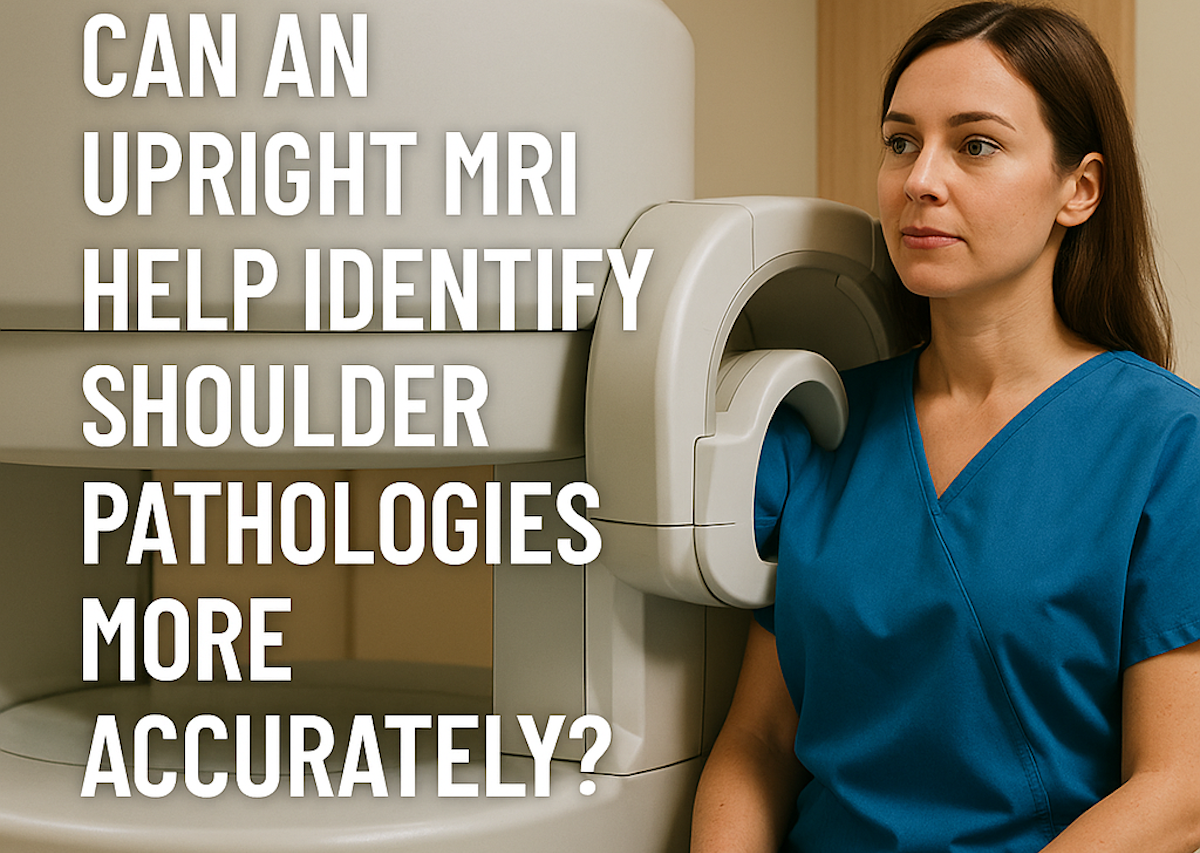
READ PATIENT TESTIMONIALS
Upright MRI of Deerfield.
Susan D.,
Highland Park, 39
I am going to tell everyone about your office! This was a great experience after I panicked in other MRI machines and had to leave. Thank you so much.

Judith B.,
Milwaukee, 61
I suffer from vertigo and other MRIs do not work. This was wonderful…absolutely NO discomfort at all. The MRI was so fast…I wanted to stay and watch the movie! Mumtaz was great. His humor really put me at ease. I’ve already recommended Upright MRI to friends.

Delores P.,
Glencoe, 55
Everything is so nice and professional with your place. I have been there a couple of times. My husband and I would not go anywhere else.

